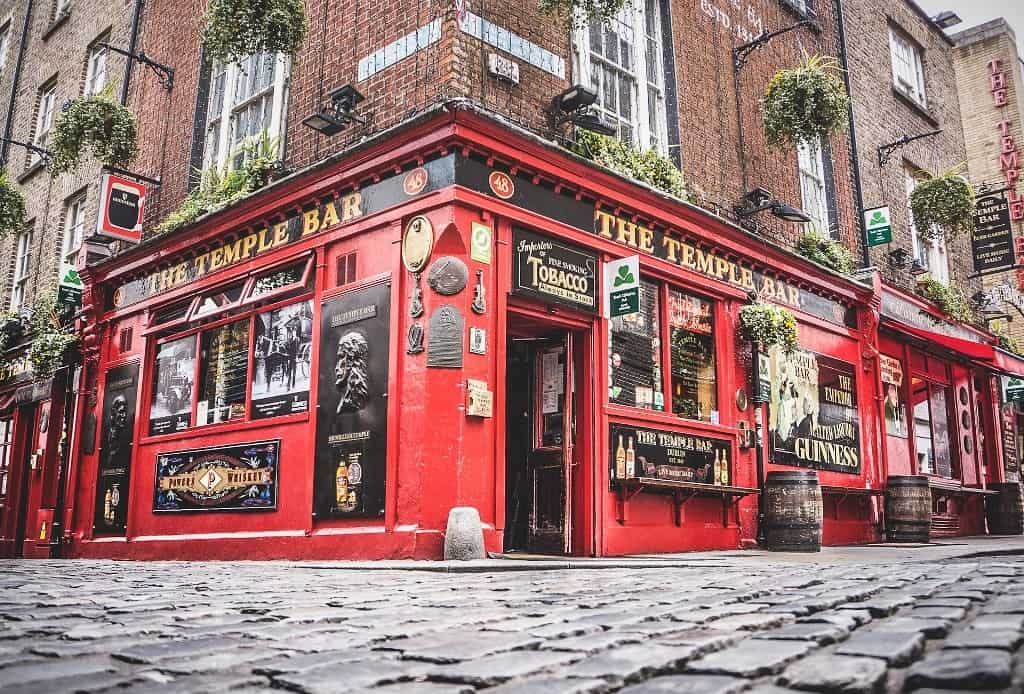Planning to spend 2 days in Dublin, Ireland and looking to see the city’s top attractions? There are so many things to see and do in Dublin and this 2-day Itinerary will help you make the most of your time in this lovely city.
Dublin, the capital city of Ireland is one of the most visited cities in Europe. It contains what most people expect to find in Ireland, culture, history, and plenty of friendly locals.
Suitable both for a long stay and a short weekend trip, most visitors to Dublin complain about not having enough time. In this piece we are going to show you some of the highlights of Dublin, so you get a little taste of everything in a two-day itinerary.
These locations, tours, and activities can all be covered and still leave you with plenty of time on your hands to discover other parts of the city.
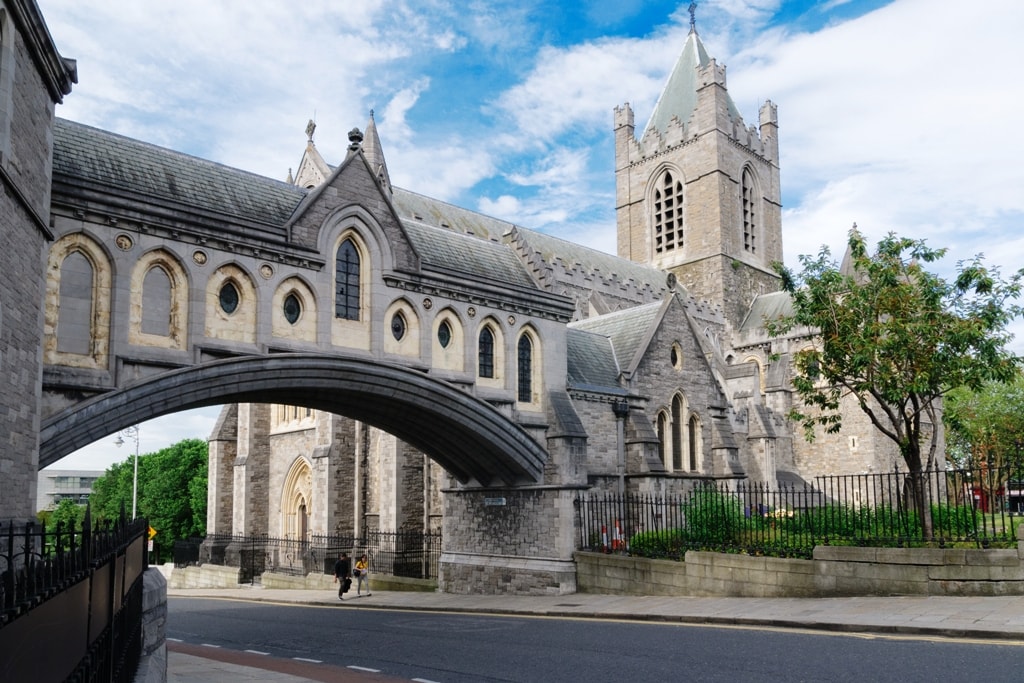
Table of Contents
Two Days in Dublin: Where to stay?
The Merrion Hotel: Splash out on a 5-star stay at the luxurious Merrion Hotel. Inside the Georgian building, you’ll find sumptuously decorated rooms, cozy communal areas, a spa, infinity pool, landscaped gardens, and a Michelin star restaurant with the staff going above and beyond. Click here for more information and to book your stay.
Aloft Dublin: A modern hotel with walking distance of all the top tourist locations, Temple Bar just a 10minute walk, and St Patrick’s Cathedral 400 meters away. Enjoy the views from the bar and restaurant on the 7th floor and from the rooftop bar. Click here for more information and to book your stay.
The Fleet: A beautiful atmospheric hotel, recently renovated, located in the heart of the bustling Temple Bar district, opposite Trinity College. With a cafe/bar on site, rooms are spacious and decorated in an elegant contemporary style. Click here for more information and to book your stay.
How to spend two days in Dublin: A Detailed Itinerary
2 days in Dublin: Day One
Day one in Dublin will have a mix of history and culture, here you will learn about Ireland’s long struggle for independence and Guinness.
National Museum of Ireland
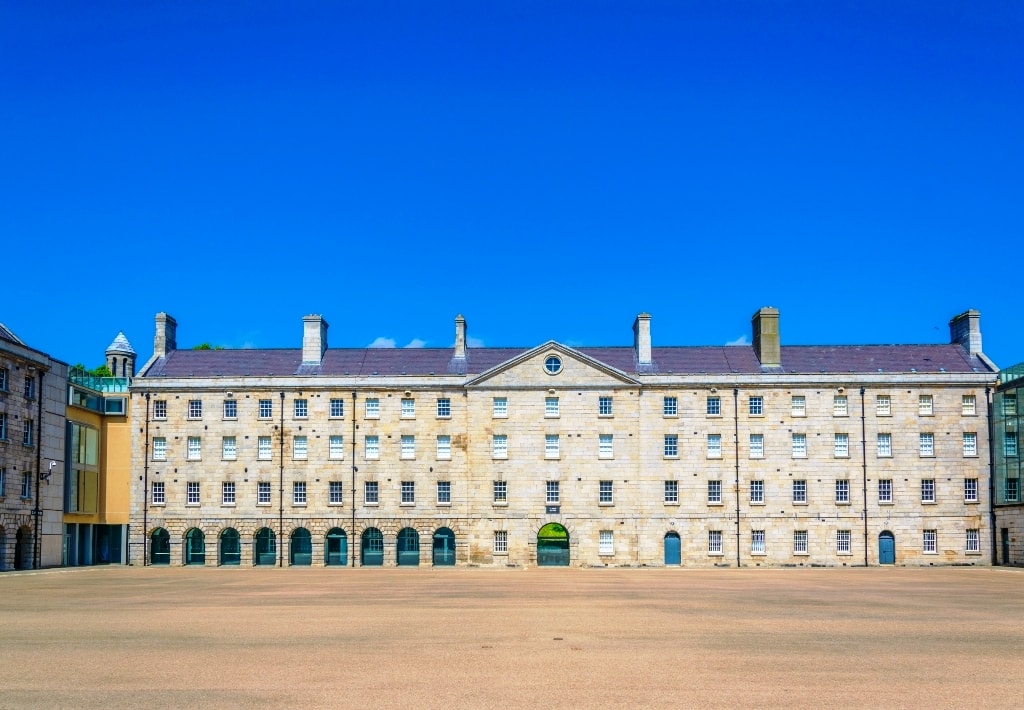
This museum located in the former military barracks now known as Collins branch is easily reachable from Dublin city center on the Red Luas line or by a 20-minute walk. This museum contains one of the most important exhibits relating to the Irelands independence movement between 1916-and 1923. You will learn about Ireland’s conflict with the United Kingdom and the Irish civil war, a profound period in Irish history.
Other exhibits in the museum relate to Ireland’s involvement with the UN and our long history of peacekeeping and older colonial history specifically relating to textiles. This museum is a great introduction to Irish history and to learn of modern Ireland’s foundation.
The visit to the museum is completely free.
Click here for the best museums in Dublin.
Kilmainham Gaol
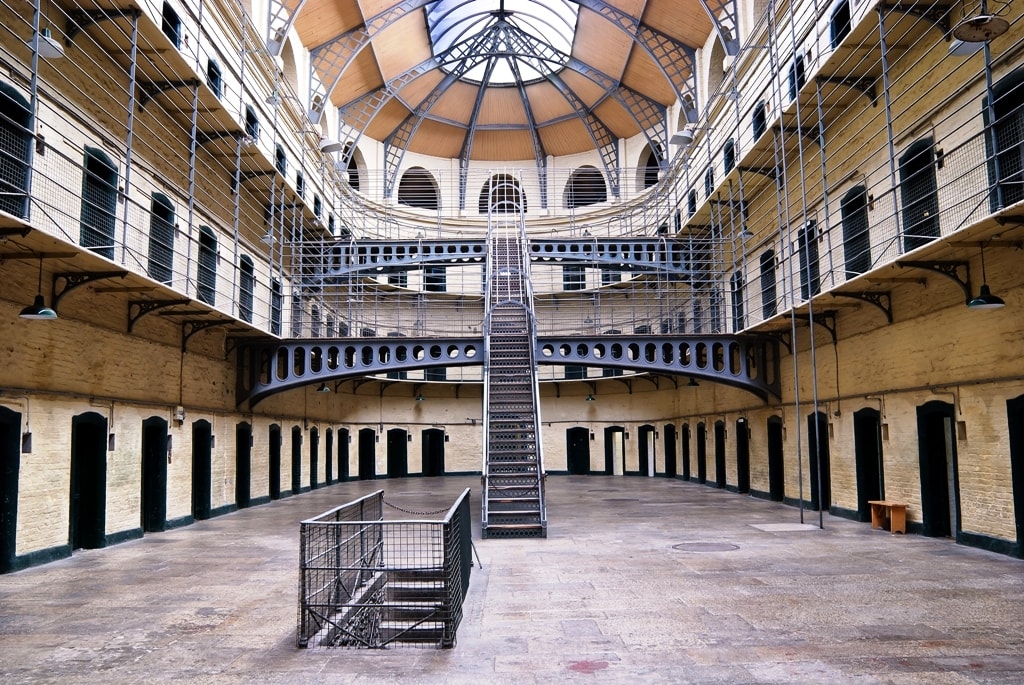
This former 18th gaol is one of the most visited attractions in Ireland. It held many important prisoners throughout Ireland’s history from rebels to political leaders.
It was also where most of the leaders of the 1916 rebellion were executed. In more recent times it has been used in movies and TV shows.
Visiting the gaols is only possible with a guided tour at certain times of the day. Walk-ins are possible, but it can be quite busy, especially during the summer months.
Guinness Storehouse
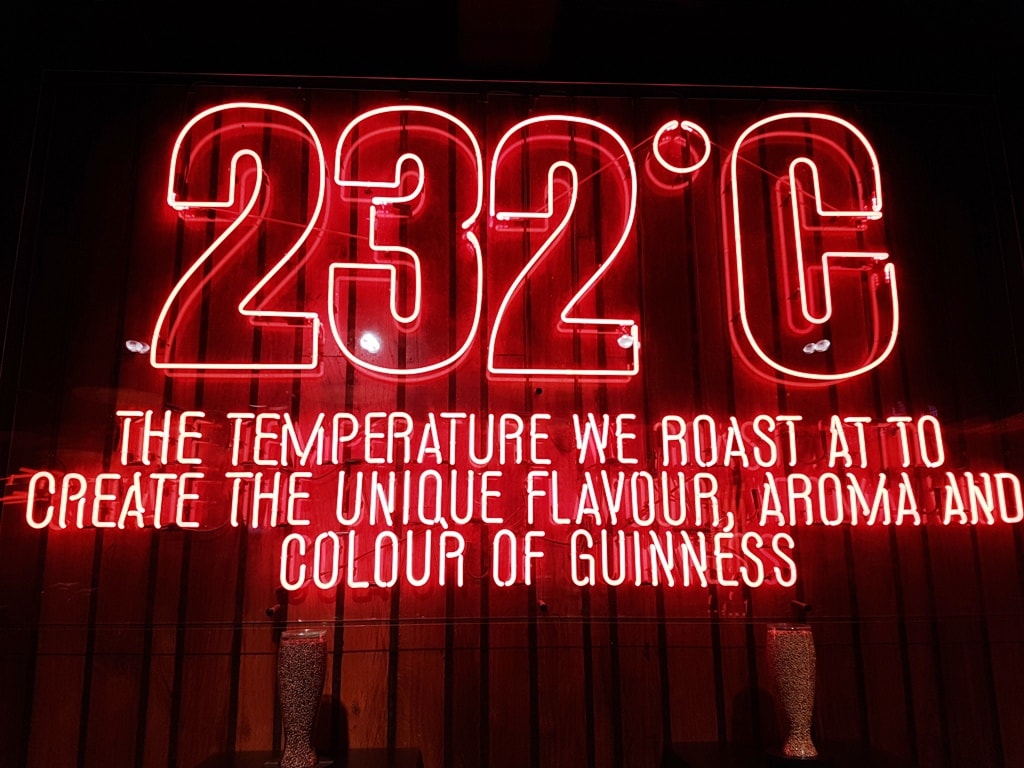
Probably the most visited brewery in the world. Guinness has been produced here since 1759 and due to some very successful marketing, it is now associated with Ireland and has become a huge tourist attraction.
The interactive museum tells you the story of Arthur Guinness, his famous drink, and how the company operates globally today.
The seven-story museum finished in the Gravity bar. If you are of age you will receive a complimentary Guinness and be able to enjoy one of the best views of Dublin city.
Click here for more information and to book your ticket with a free pint.
Temple Bar
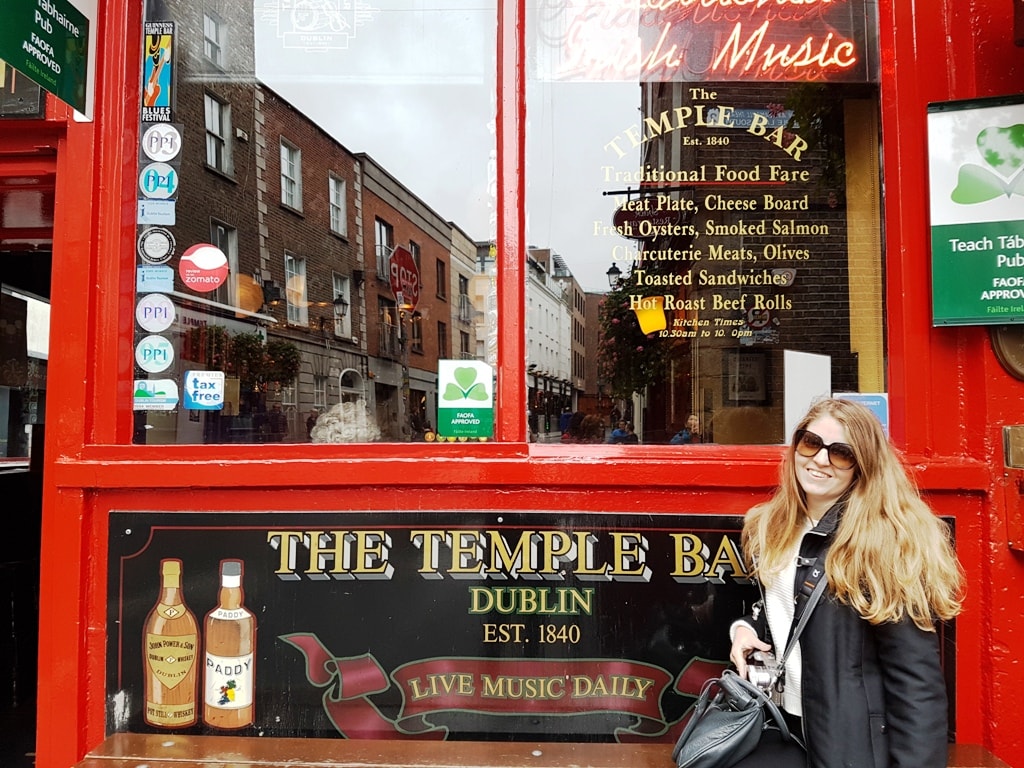
Following your taste of Guinness and some Irish history, it may be time to grab a bite to eat and experience a little more of Ireland’s culture in Temple Bar. This is the heart of Dublin’s nightlife, but it doesn’t start until late in the evening. Here are two of the most popular restaurants in Temple bar:
Gallagher’s Boxty house–The boxty is a potato pancake dish from the north of Ireland and in this restaurant, you can enjoy many variations of it. If this isn’t to your liking, there are plenty of other dishes on offer.
Elephant & Castle-Probably the busiest restaurant in Temple bar, elephant and castle serves some of the best burgers and wings in the city. Booking here is necessary but you will not be disappointed.
After you have had enough, you can take a stroll through the Temple bar and make your choice on which bar to visit for some evening entertainment. Almost all will have traditional Irish music and some performances. A great way to end your first day in Dublin.
Some recommendations if you have time to spare:
Jameson whiskey distillery, Dublinia, and the Four court’s buildings are also near where you will be spending most of the day. If you have a little time to spare while you’re in the area they are also quite interesting places to visit and/or observe.
2 days in Dublin: Day Two
As much of your first day was set in the west of the city it is only right that your second day should be spent in the East end of the city.
O’Connell Street
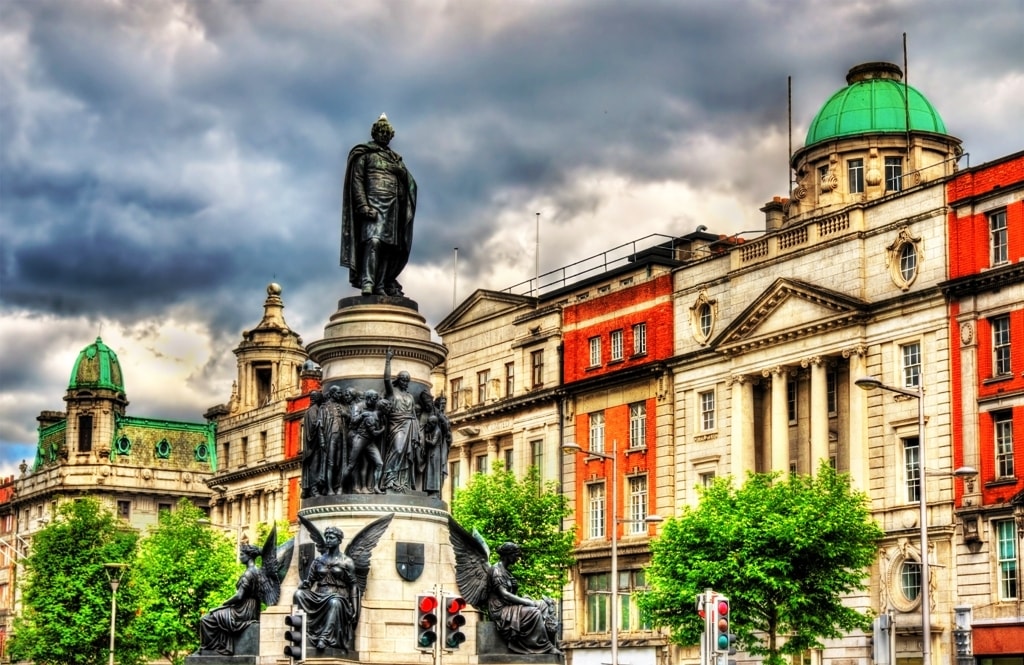
The street is home to numerous statues to prominent people in Ireland’s history including Daniel O’Connell and Stewart Parnell. Most visitors enjoy the architecture and shopping which can be found throughout the side streets which branch off from O’Connell street.
There are a great number of photo opportunities including the Spire and the GPO, epicenter of 1916 rising. If you are inclined, you can take a tour of the GPO and learn of its importance in Ireland.
Trinity College
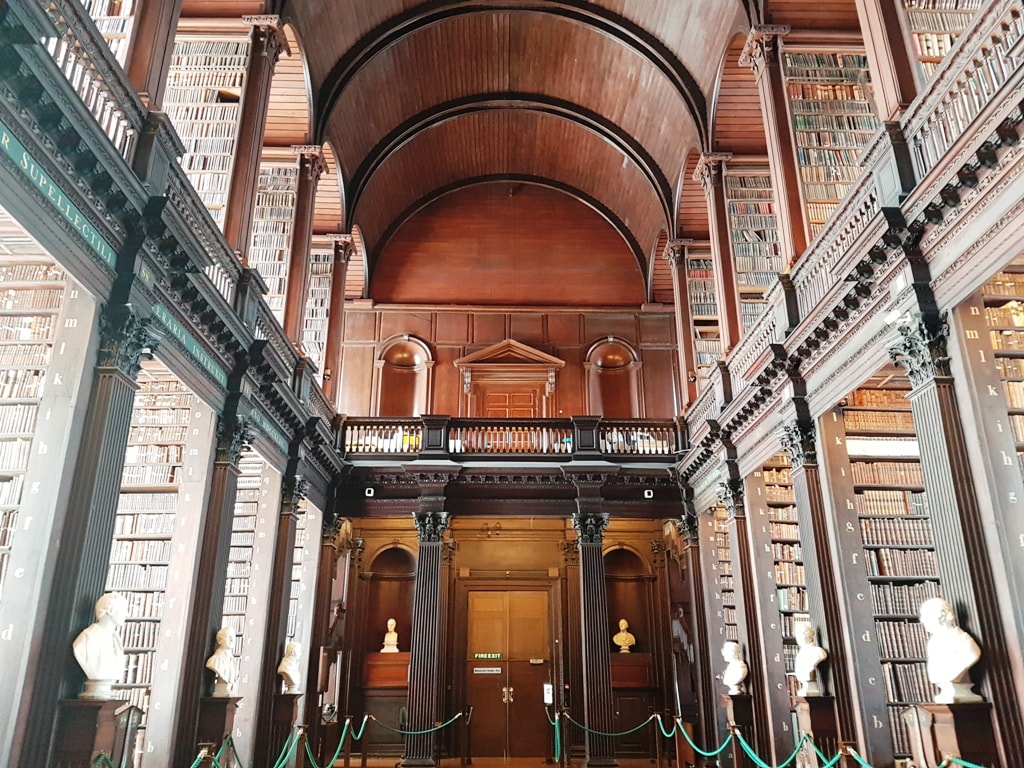
Just a short walk across Liffey from O’Connell street you will find the oldest and most prestigious college in the country. Founded in 1592 the college has had a long history and influence on the country. The grounds are home to many historic buildings from the Victorian era and there are plenty of tours that take you across the grounds and teach you about the history of the college and its impact on Ireland.
The college also houses the Book of Kells a decorated 9th-century copy of the bible and the old library is 200-foot, a two-story library containing records of almost every book printed throughout Ireland’s history.
Grafton Street
Grafton Street is the primary shopping street in Dublin. You will find local stores and high-end shops side by side. There are plenty of street performers to keep you entertained as you take a stroll down the pedestrian street.
If shopping is not of interest to you then a visit to the Molly Malone statue or St. Stephens green at either end of Grafton street will be more suited.
St. Stephens green is a great place to relax after all your sightseeing with plenty of beautiful open green spaces. You will also find several plaques, statues, and artistic pieces relating to prominent Irish individuals and culturally important aspects of Ireland throughout the park. As you can see getting away from history in Ireland is quite impossible.
Grafton street is also a great place to grab some lunch or an evening meal. Most of the restaurants here will be walk-in but may require some waiting if it is the weekend.
Bunsen is a favorite hamburger joint for locals.
Chopped-For those looking for something a little healthier, chopped provides some of the best salads in the city and is ideal for vegetarians and vegans.
Sunset over the Liffey
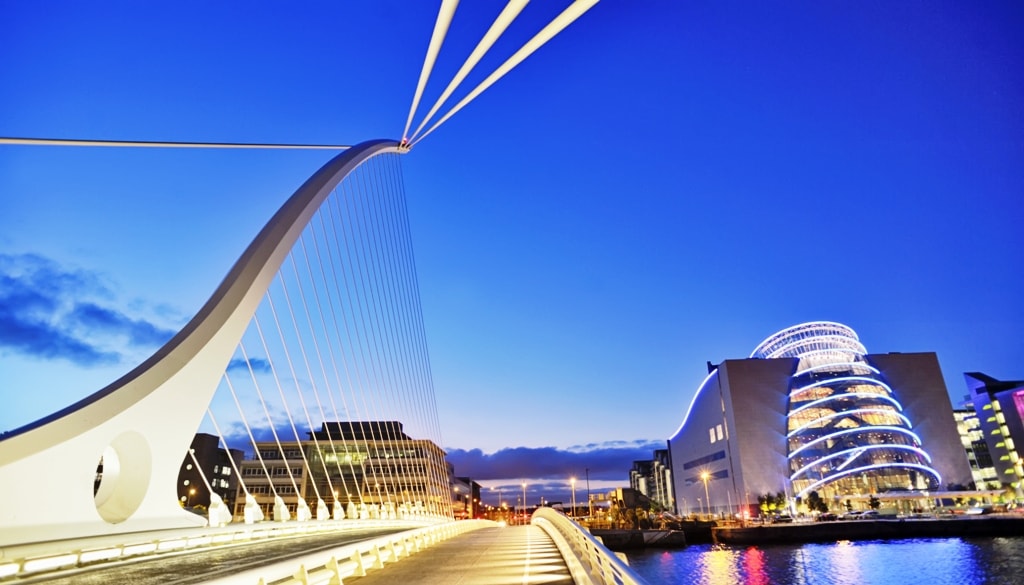
As evening approaches on your second day I would recommend returning to one of the many bridges on the Liffey and getting a nice spot to watch the sunset. Depending on the weather, sunset over the Liffey can be quite spectacular as the low buildings don’t inhibit your view until the very last moments making it a perfect way to finish your second day in the Capital of Ireland.
Some recommendations if you have time to spare:
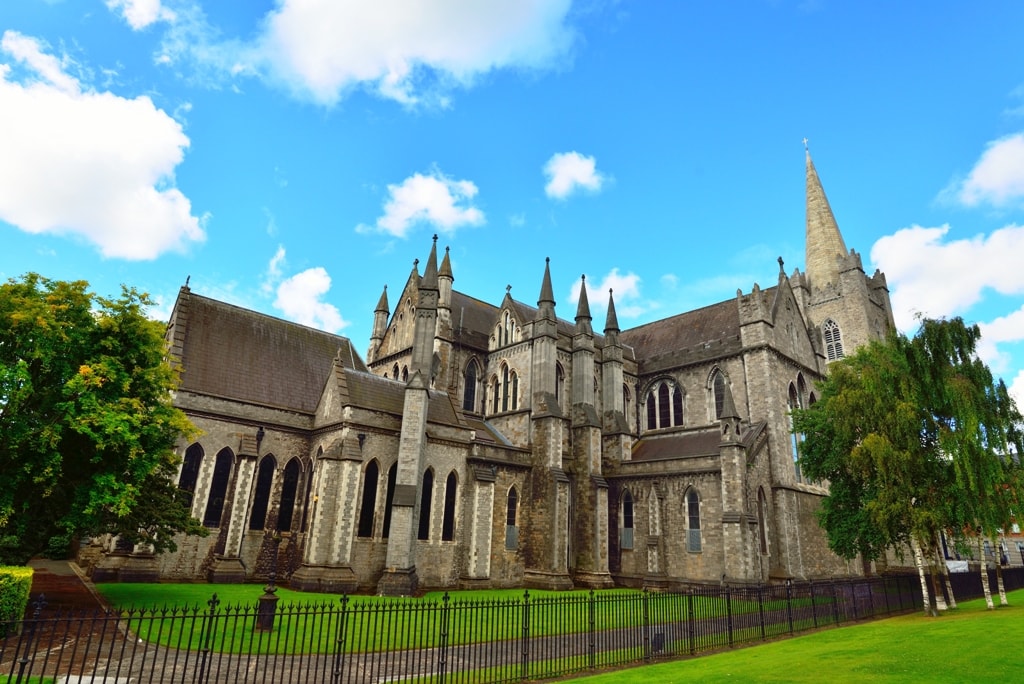
Other areas that you could visit in the vicinity if you are not too tired and have some time on your hands include Dublin castle, Merrion Square, the house of the Oireachtas, and St. Patricks Cathedral. All of these are within walking distance of each other and depending on how much time you spend in each will depend on how much you get to see.
Practical Information for your 2-day Dublin Itinerary
When is the best time to visit Dublin:
Visit mid-March if you want to celebrate St Patrick’s Day (March 17th) or, hold out until the Spring (April-May) when it’s less crowded and you can enjoy moderate weather averaging 8.5-11c without much rain.
Alternatively, whilst Summer (June-August) sees the most crowds, it’s for good reason due to the warmer temperatures in the mid to high teens (July being the driest month of Summer) and all the events that take place.
Bloomsday (a day to celebrate James Joyce), Taste of Dublin, and Dublin LGBTQ all take place in June, the Longitude music festival is a weekend in July, the Dublin Irish Festival runs from July-August and a BBQ and Beer Festival takes place in August along with the Dublin Horse Show.
A visit in Autumn might also work for you with temperatures mild (averaging 13c in September and 11c in October) with plenty of events still taking place across the city in September-October including the Festival of History, and Dublin Theatre Festival, the Bramstoket Halloween Festival, and Oktoberfest.
A winter visit shouldn’t be completely ruled out but you’ll have to pack warm winter clothes and rain gear as the temperatures hover at around 2c-5c with December and January seeing the least rain of the Winter months.
How to get to and from the airport
Dublin airport is located just 10km from the city center making it quite easy to reach by bus, coach, or taxi. There is a wide range of options including four different bus companies. These are the two with the most routes:
- Dublin coach: 24hour service to Dublin city center and south Dublin stopping at most major hotels.
- Dublin bus: This has many services throughout all of Dublin, a google search should help you find your way.
Click here to book your transfer from and to the airport with the Airlink express shuttle bus.
Taxis are the most direct route especially if you are after finishing a long flight. The Taxi bay can be found at the doors of the departure building.
How to get around the city
There is no metro in Dublin but it’s not really needed as Dublin is compact and flat, most of Dublin’s tourist attractions clustered around Trinity College so easily walkable.
The exceptions are Kilmainham Gaol and Guinness Storehouse which, though still walkable on a sunny day, are further out so best done using public transport or by making use of the hop-on-hop-off bus so that you can save time whilst learning about the sights you’re passing thanks to the audio commentary.
The buses cover an extensive network if you want the easy option for getting back to your hotel whilst if you fancy a trip to the seaside you can get the coastal train known as the DART or, if you need to get to/from the suburbs, you can use the Luas tram system.
As you can see there is more than enough to fill two days in Dublin city. This guide has barely scratched the surface. I have written it to give you an overview of what the city has to offer, from culture to history, retail and relaxation. I am sure you will wish you had more time when you begin seeing this amazing city.

